
Flatwise Tensile Test
A critical test to determine the quality of adhesive bonds
The Flatwise Tensile Test
The Flatwise Tensile (FWT) Test is a standardized test (ASTM C297) used by the RV industry to establish a minimum standard for the bond strength of walls and skins in the manufacturing of laminated walls. This test is crucial for assessing the strength and reliability of adhesive bonds in a laminated structure, both before and after rigorous testing.
By using advanced, automated equipment, we can achieve accurate results, which is essential for product development, customer support, and ongoing testing. The FWT test is a destructive test, but fundamental in validating the quality and performance of our materials and their adhesive bonds.
Through this process we can prove that walls made with Azdel composite not only look better, but are better. Their performance consistently surpasses those with competitors’ materials, holding up better over time and under extreme conditions. But read on for a deeper dive.
As part of our ongoing customer support, we regularly test walls made by our customers to ensure they are processed consistently and will perform optimally for their customers.
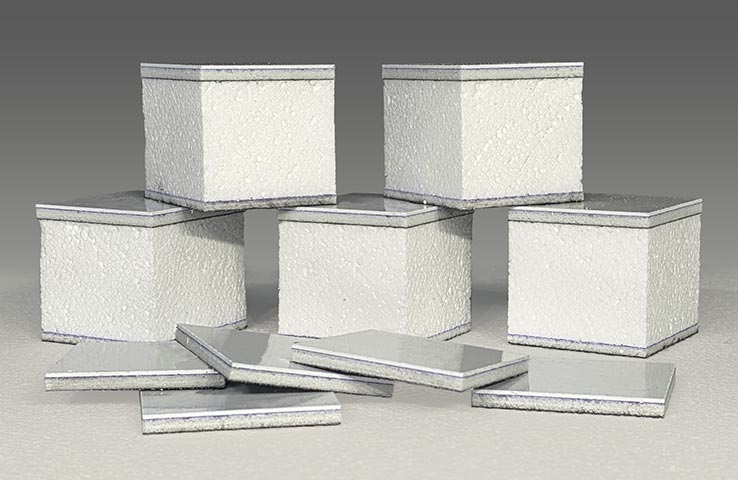
Cut wall and skin samples ready for FWT testing
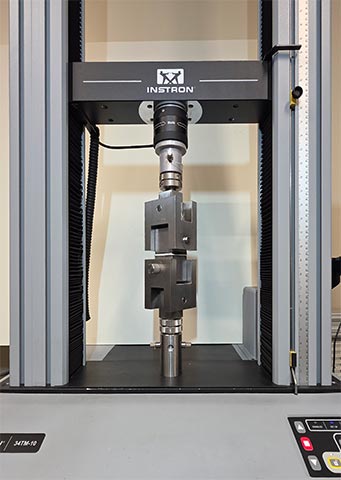
Instron machine with sample for FWT testing
Bonds Aren’t Meant to be Broken
Flatwise Tensile testing can be used to verify that walls and skins maintain their bond strength after accelerated aging tests like the Sun Load, Environmental, and Water Soak tests. The Azdel lab requires pre- and post-FWT testing of walls and skins to ensure its composite and bonds exceed the RV industry’s minimum standard for bond strength.
In all FWT tests, two mandrels glued to the sample are locked into the test machine. The machine pulls on the sample in opposing directions to test one or more adhesive bonds. The force required to pull apart the layers is digitally measured throughout the process. Read on for post-test details.
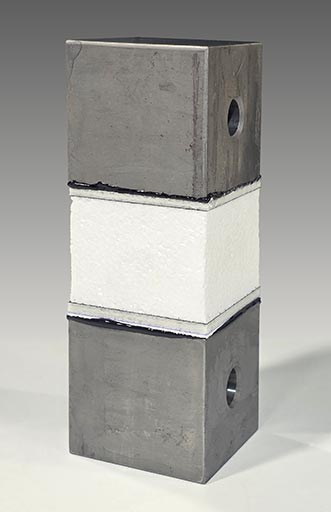
Sample of sandwich panel wall glued to mandrels
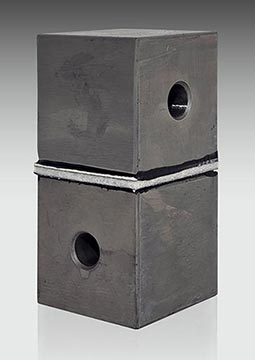
Sample of separated skin glued to mandrels
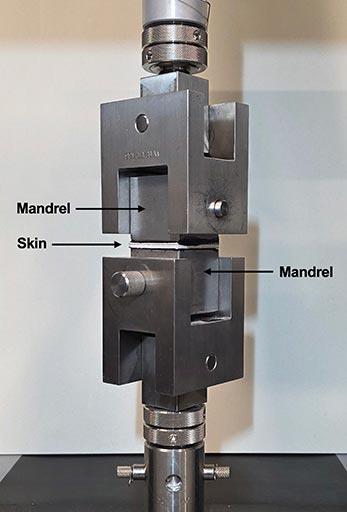
Skin sample locked into machine for FWT testing
Bonds on Azdel Remain Strong
After completion of the Flatwise Tensile test, we evaluate both series of samples — the walls and the skins — to ensure failure occurs where it should and not with the gold bond. We also measure how much force was required to cause failure to verify that bonds with our composite exceed industry standards.
As expected, the weak point of the wall was the EPS foam, and that’s where the failure occurred. Because this occurs long before any other failure, we test the skins separately to ensure that the gold bond not only survived the rigorous test, but remains strong enough to offer superior performance for many years.
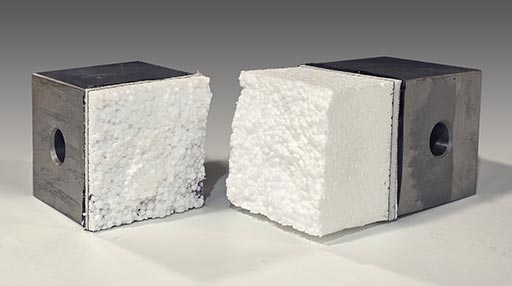
Typical foam failure on FWT-tested sandwich panel wall sample
The skin’s gold bond was tested here, as its long-term performance is critical for a laminated wall. As expected, the bond remained intact and strong after a Sun Load test. This test proves that the gold bond on Azdel composite will handle the harshest conditions and still perform better then on other materials.
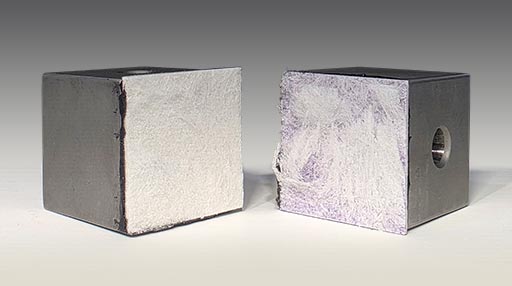
Result after FWT-tested skin (exterior fiberglass and its composite substrate)